• Adenovirus Service • AAV Service • Lentivirus Service • Retrovirus Service



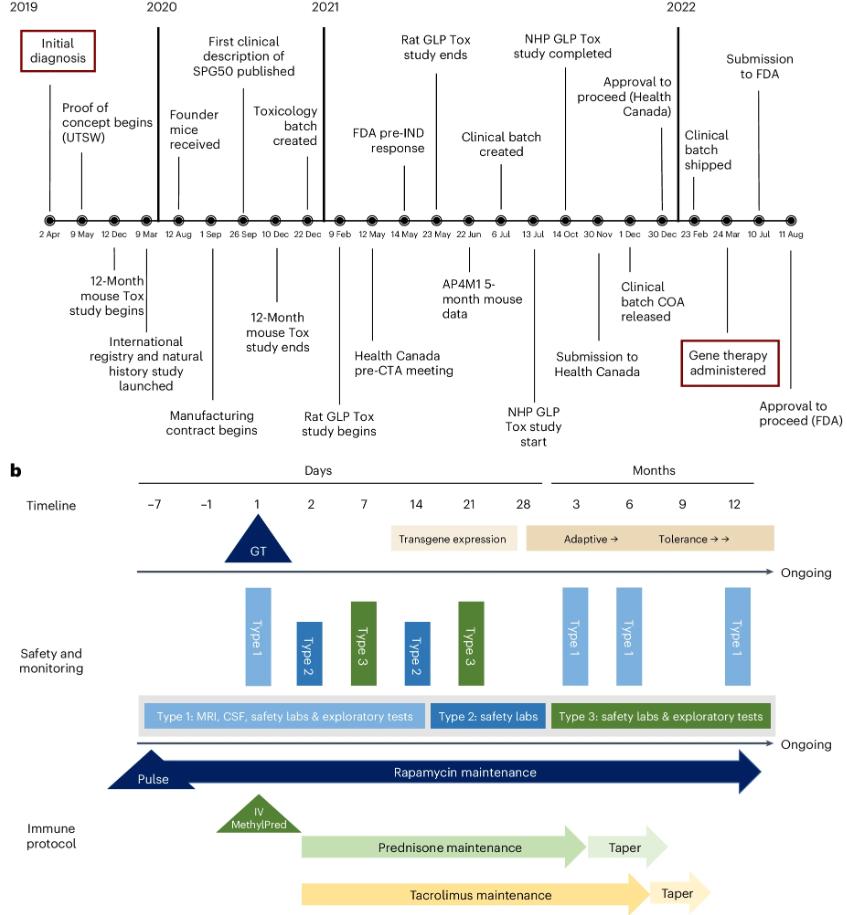
Spastic hereditary paraplegia type 50 (SPG50) is a typical ultra-rare disease (incidence is less than 1 in 50,000). The disease is caused by biallelic pathogenic variants in the AP4M1 gene, which encodes a subunit of the AP-4 protein complex. It is a progressive neurodegenerative disease. Patients usually begin to show symptoms in infancy, resulting in developmental delay, speech disorders, epileptic seizures, and gradual paralysis of the limbs. In their teens, most patients are wheelchair-dependent and show severe cognitive impairment, usually dying in adulthood.
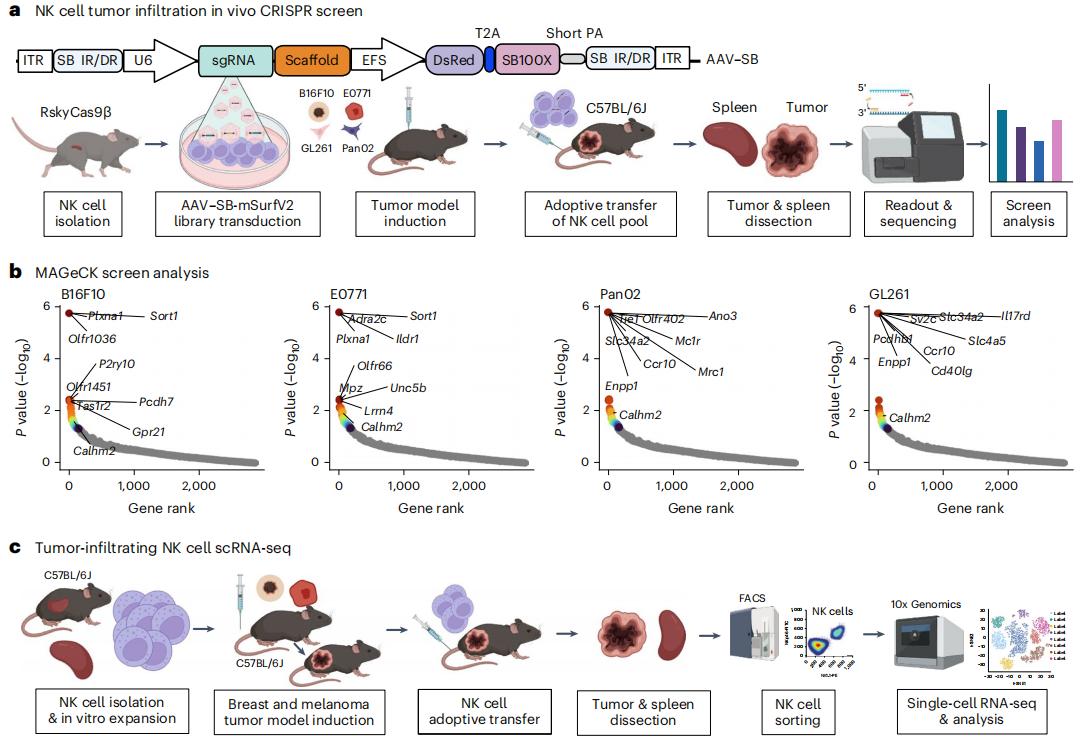
Recently, researchers from Yale University and other institutions published a research paper titled "In vivo AAV-SB-CRISPR screens of tumor-infiltrating primary NK cells identify genetic checkpoints of CAR-NK therapy" in the journal Nature Biotechnology. After years of technical research, the research team used the AAV-transposon system to integrate the CRISPR library into the genome, overcoming the obstacles of low efficiency of primary NK cell transduction and gene editing. Through four parallel CRISPR screening experiments and single-cell sequencing data, the study discovered a new target, CALHM2, which provides a new therapeutic target for NK cell tumor immunity.
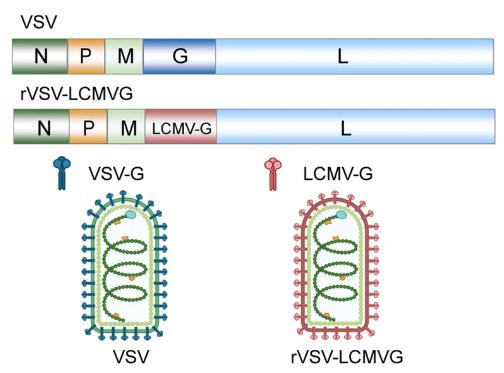
As understanding of immune activity at the tumor site increases, immunotherapy has received widespread attention as an effective cancer treatment strategy, leading to a major shift in cancer research and clinical trials. The main purpose of tumor immunotherapy is to stimulate host anti-tumor immunity, establish an immune-sensitive microenvironment, and ultimately achieve tumor shrinkage while improving the overall survival rate of patients.

Researchers from Shanghai Jiao Tong University in China recently published a research paper titled "Dendritic-cell-targeting virus-like particles as potent mRNA vaccine carriers" online in Nature Biomedical Engineering. This study reports the design and performance of a virus-like particle targeting dendritic cells (DCs). The particles feature the Sindbis viral glycoprotein engineered to recognize surface proteins on DCs and package mRNA encoding the severe acute respiratory syndrome coronavirus 2 (SARS-CoV-2) spike protein or herpes simplex virus 1 glycoproteins B and D.
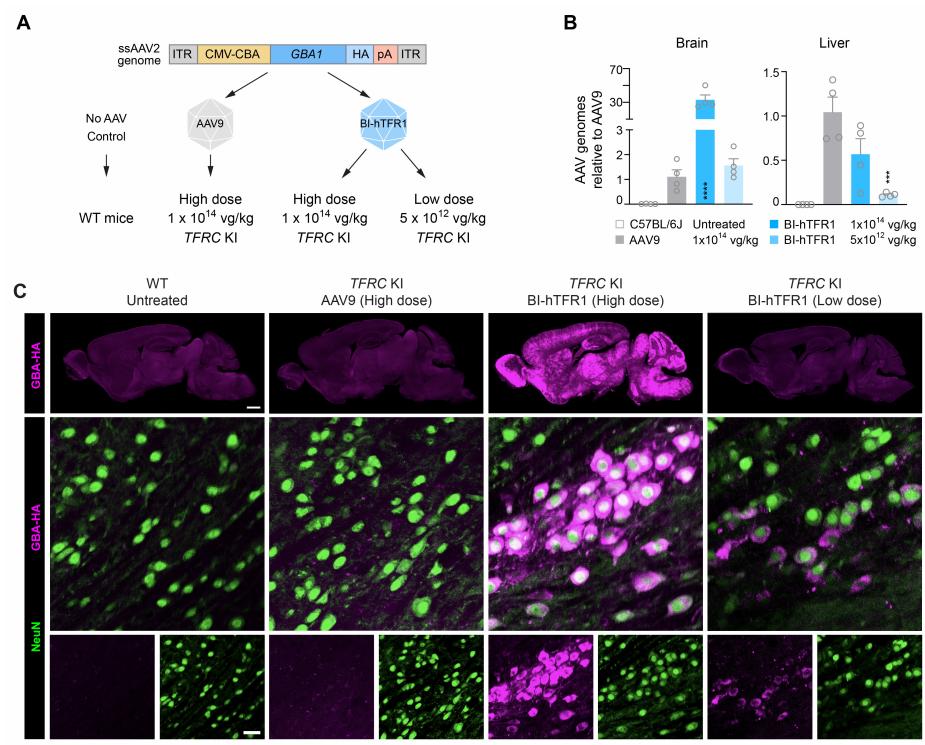
Bejamine Deverman's team at the Broad Institute recently published a research paper titled "An AAV capsid reprogrammed to bind human transferrin receptor mediates brain-wide gene delivery" online in Science. The study designed an AAV capsid, BI-hTFR1, that binds to the human transferrin receptor (TfR1), a protein expressed on the blood-brain barrier (BBB). Compared with AAV9, BI-hTFR1 has a higher active transport capacity across the human brain endothelial cell layer and provides a 40-50-fold enhancement of reporter gene expression in the CNS of mice carrying a human TFRC knock-in. This enhanced tropism is CNS specific and is not present in wild-type mice.
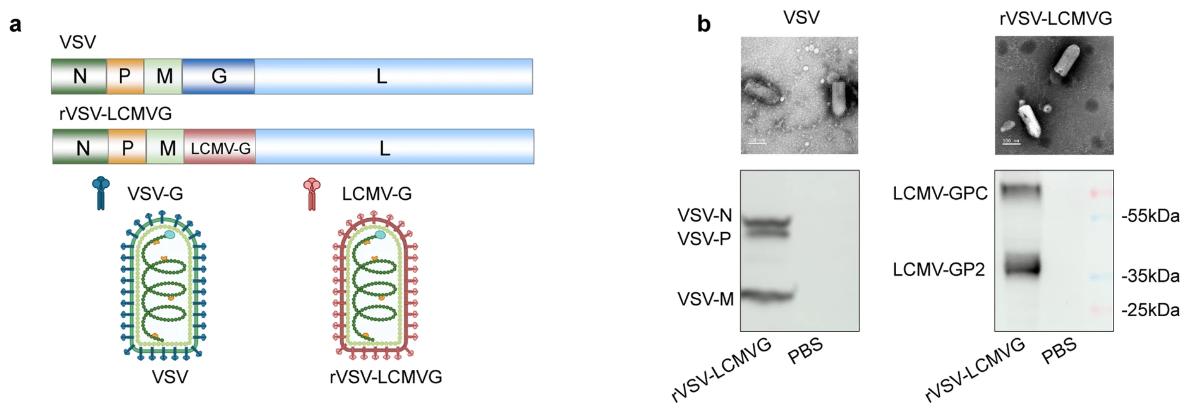
Recently, Xiamen University in China published a research paper titled "Combination therapy with oncolytic virus and T cells or mRNA vaccine amplifies antitumor effects" in the journal Signal Transduction and Targeted Therapy. This study developed an oncolytic virus, rVSV-LCMVG, that is less likely to induce virus-neutralizing antibodies, and further confirmed that the oncolytic virus can enhance the anti-tumor effect when used in combination with adoptive transfer of T cells or mRNA cancer vaccines.
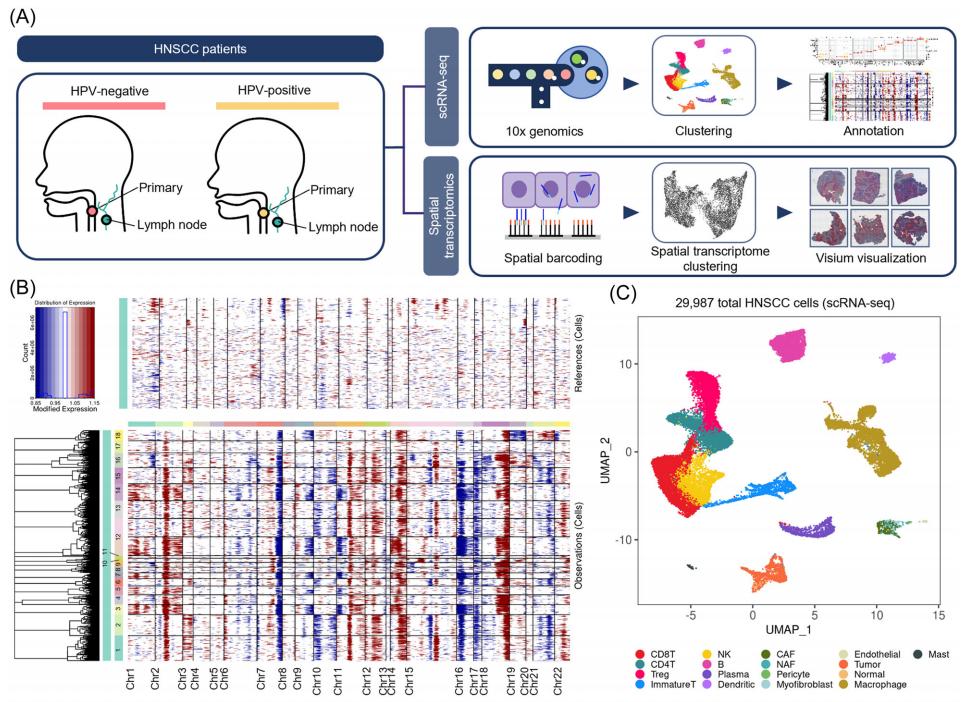
Head and neck squamous cell carcinoma (HNSCC) is a type of cancer that affects the mucosa of the oral cavity, nasal cavity, and throat. Its occurrence is often associated with tobacco exposure, alcohol abuse, and viral infections. Currently, researchers are unclear about the association between human papillomavirus (HPV) infection status and molecular characteristics of HNSCC.
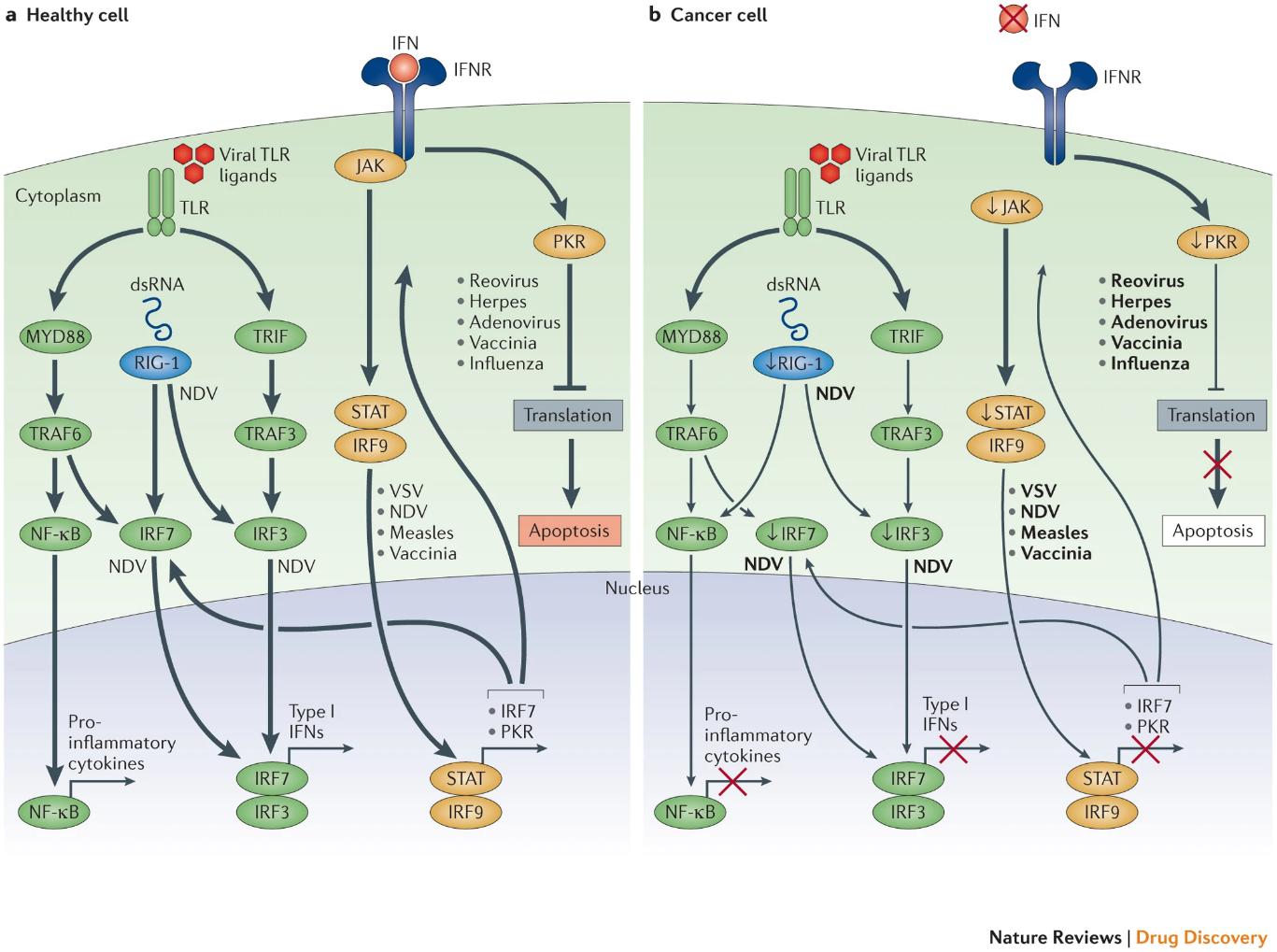
Oncolytic viruses (OVs) are a type of natural or recombinant viruses that can selectively infect and kill tumor cells without damaging normal cells. Oncolytic viruses have the advantages of good targeting, few adverse reactions, multiple ways to kill tumors, and are not prone to drug resistance. And oncolytic virus combined with chemotherapy, radiotherapy and immunotherapy has a synergistic effect. In recent years, with the continuous development of technology and the deepening of research, the selectivity and effectiveness of oncolytic virus products on tumor cells have been continuously improved, while the impact on normal cells has been further reduced, and they have gradually become a research and development hotspot.
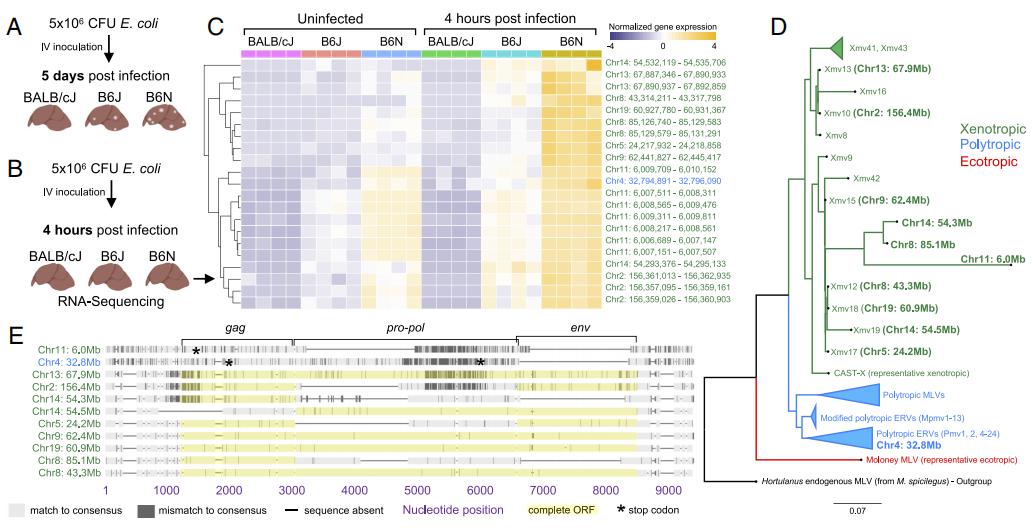
Bacterial infections can lead to the formation of abscesses, pockets of dead cells and debris surrounded by inflammatory immune cells. Bacteria can multiply in an abscess and cause more infections, further damaging surrounding tissue. In severe cases, these immune responses can spread throughout the body and eventually cause life-threatening organ failure or sepsis. But how these abscesses form and how to prevent them have not been better understood.
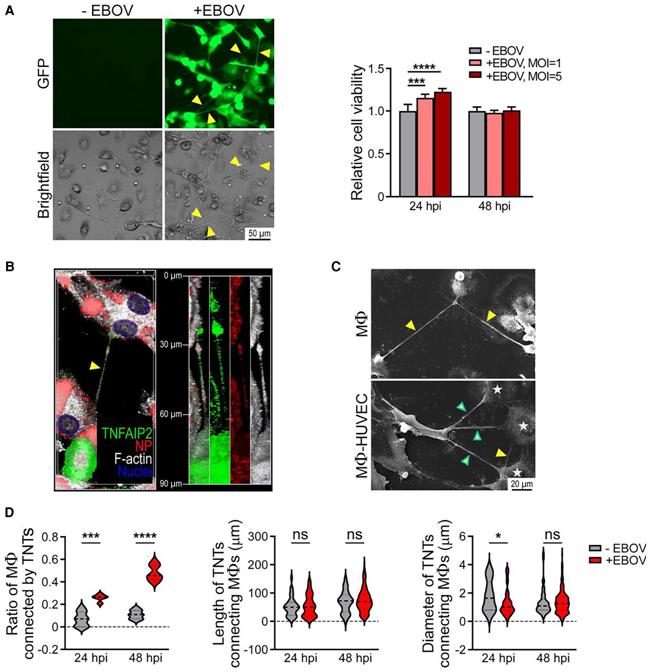
Understanding how the virus spreads in the human body is critical to developing effective drugs and treatments to stop its spread. In a new study, researchers from the Texas Biomedical Research Institute have found that the Ebola virus (EBOV) can build and use intercellular tunnels to move from one cell to another, thereby evading treatment. Relevant research results were recently published in the Journal of Infectious Diseases, with the title of "Ebola Virus Uses Tunneling Nanotubes as an Alternate Route of Dissemination."